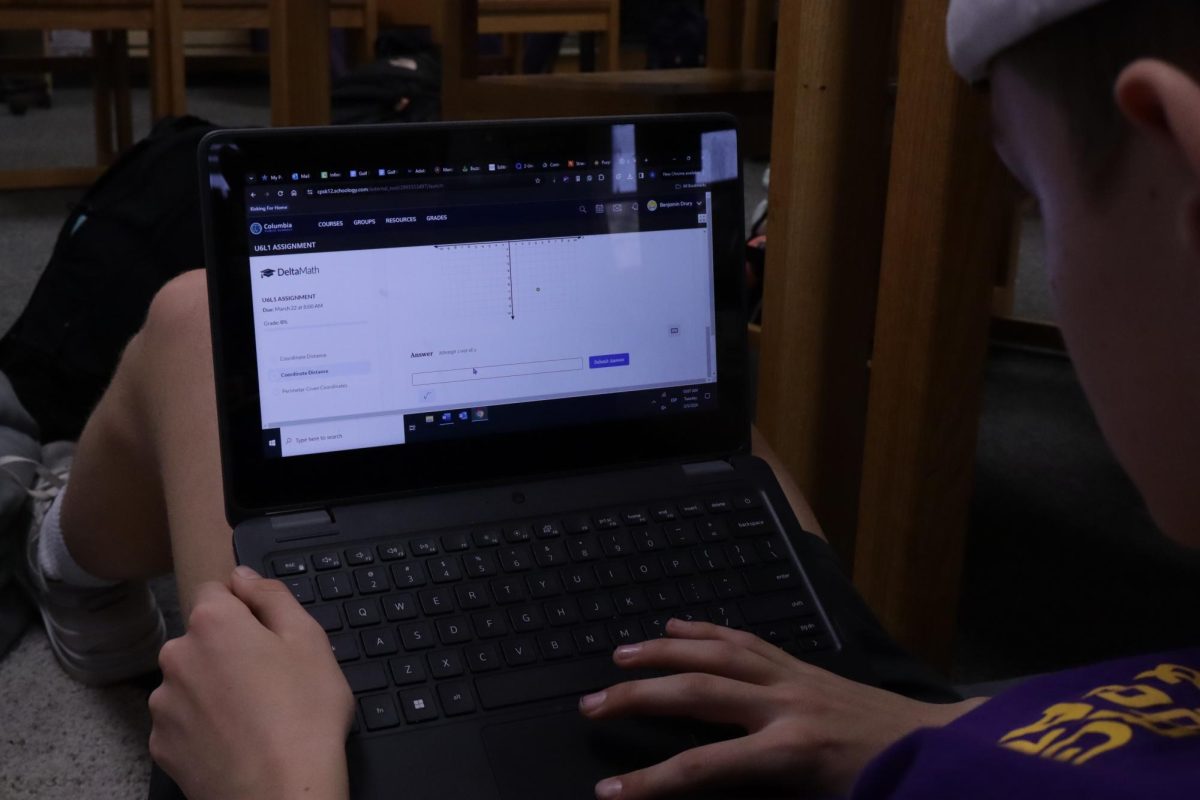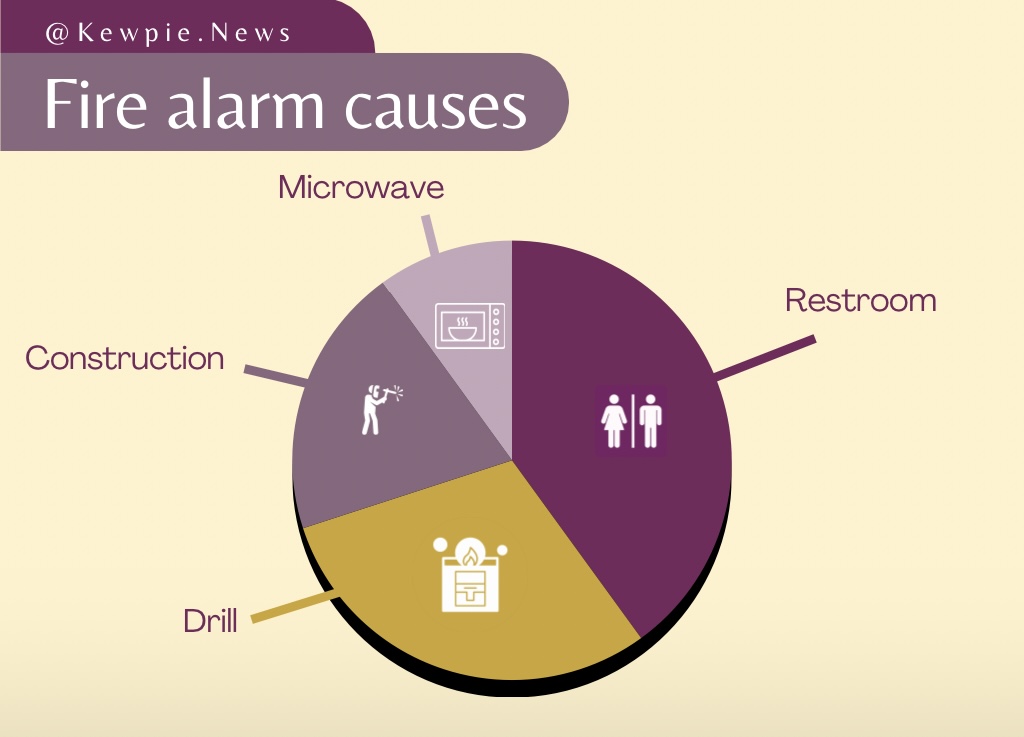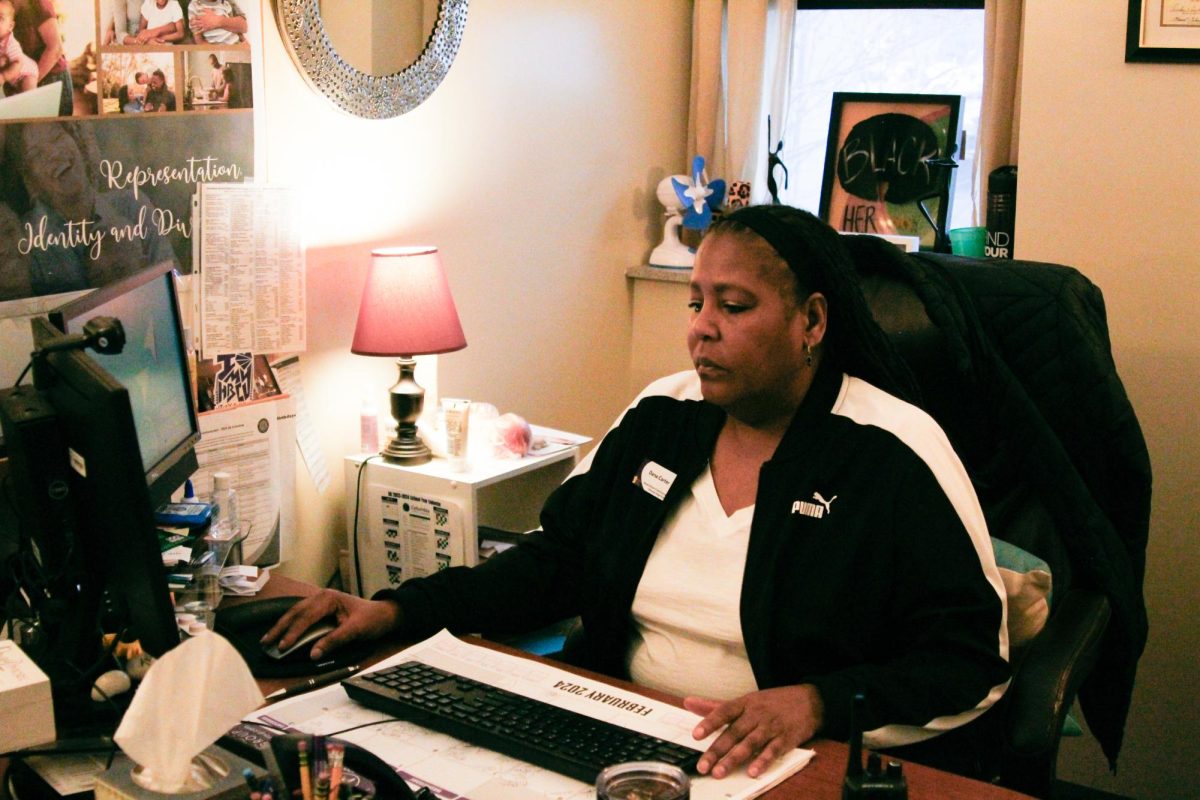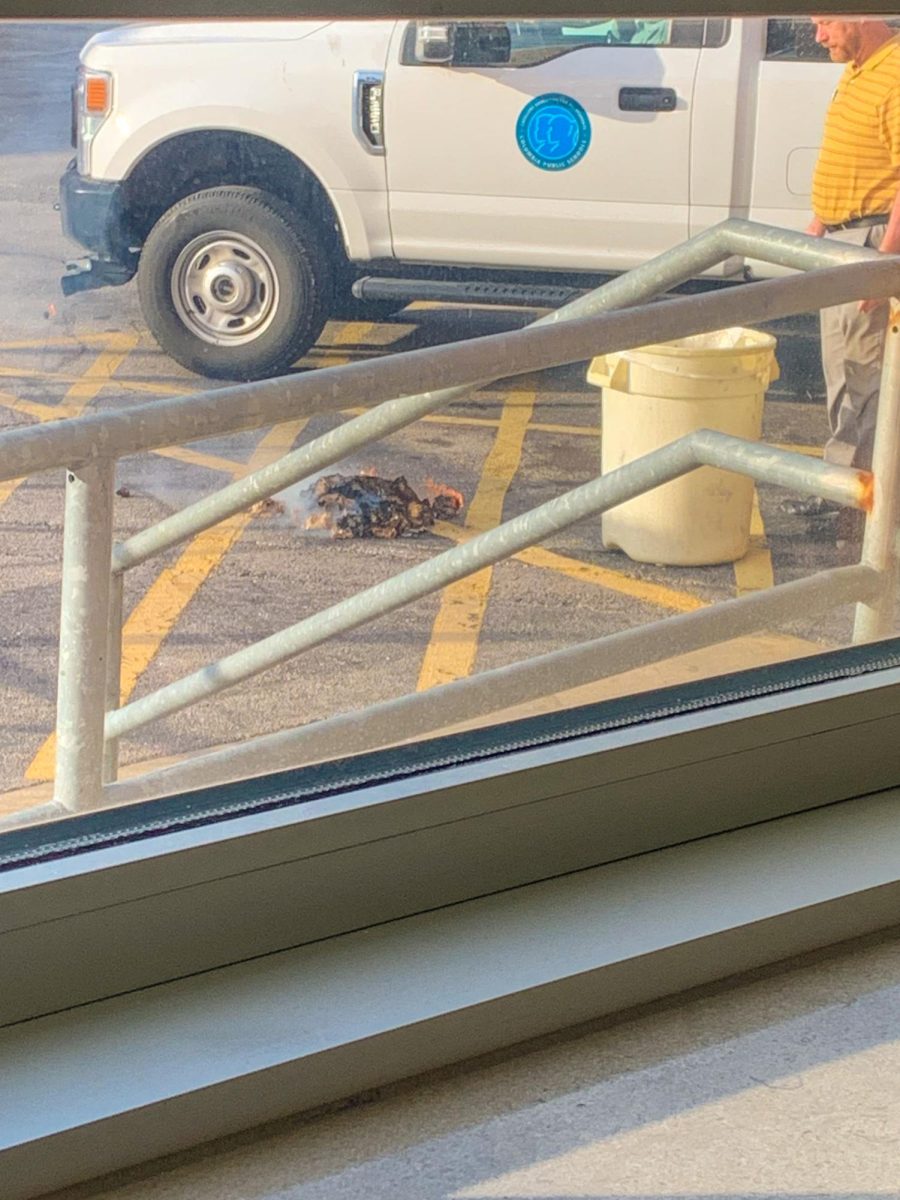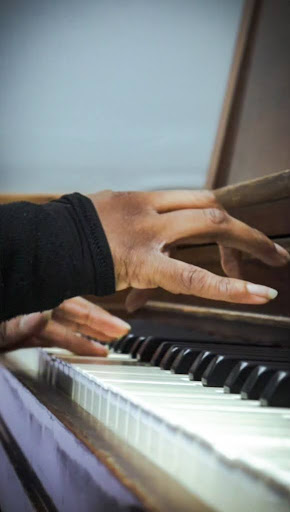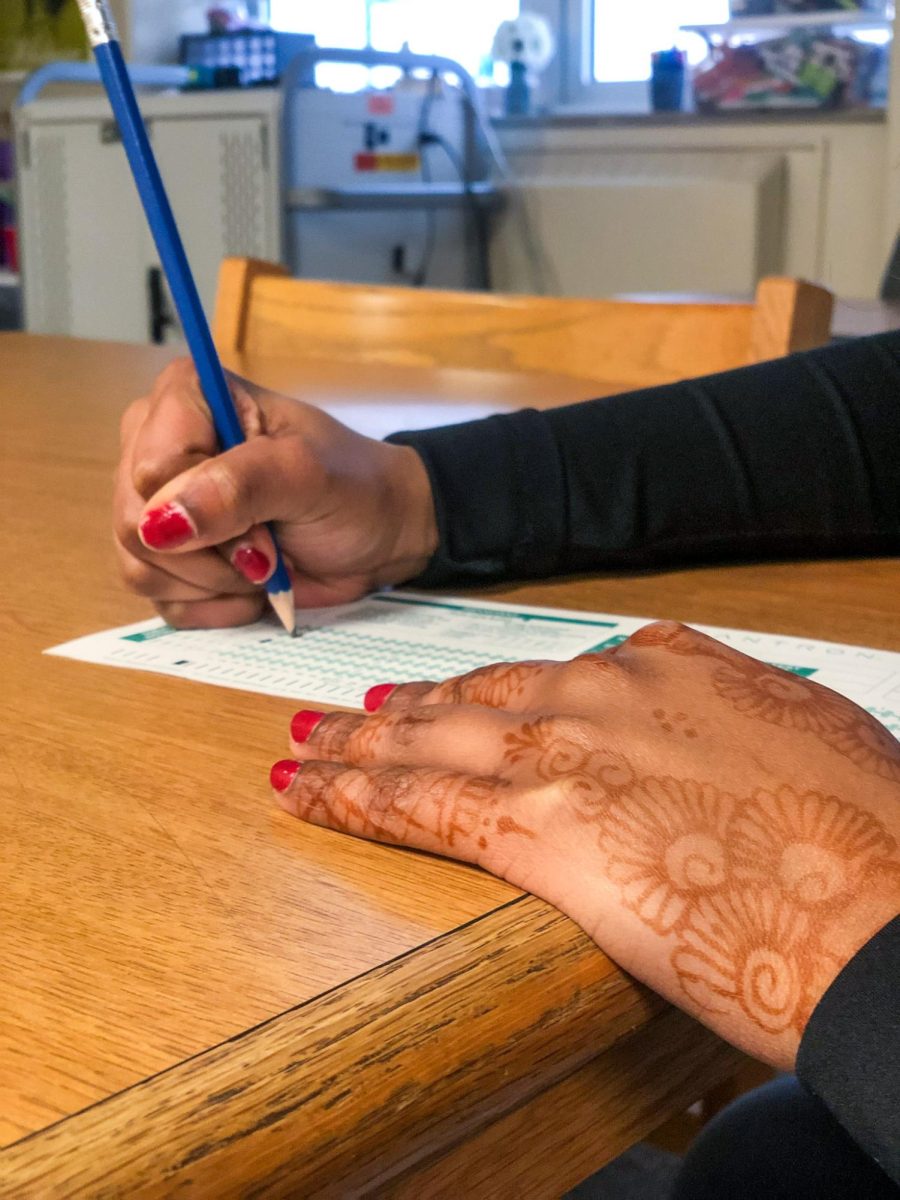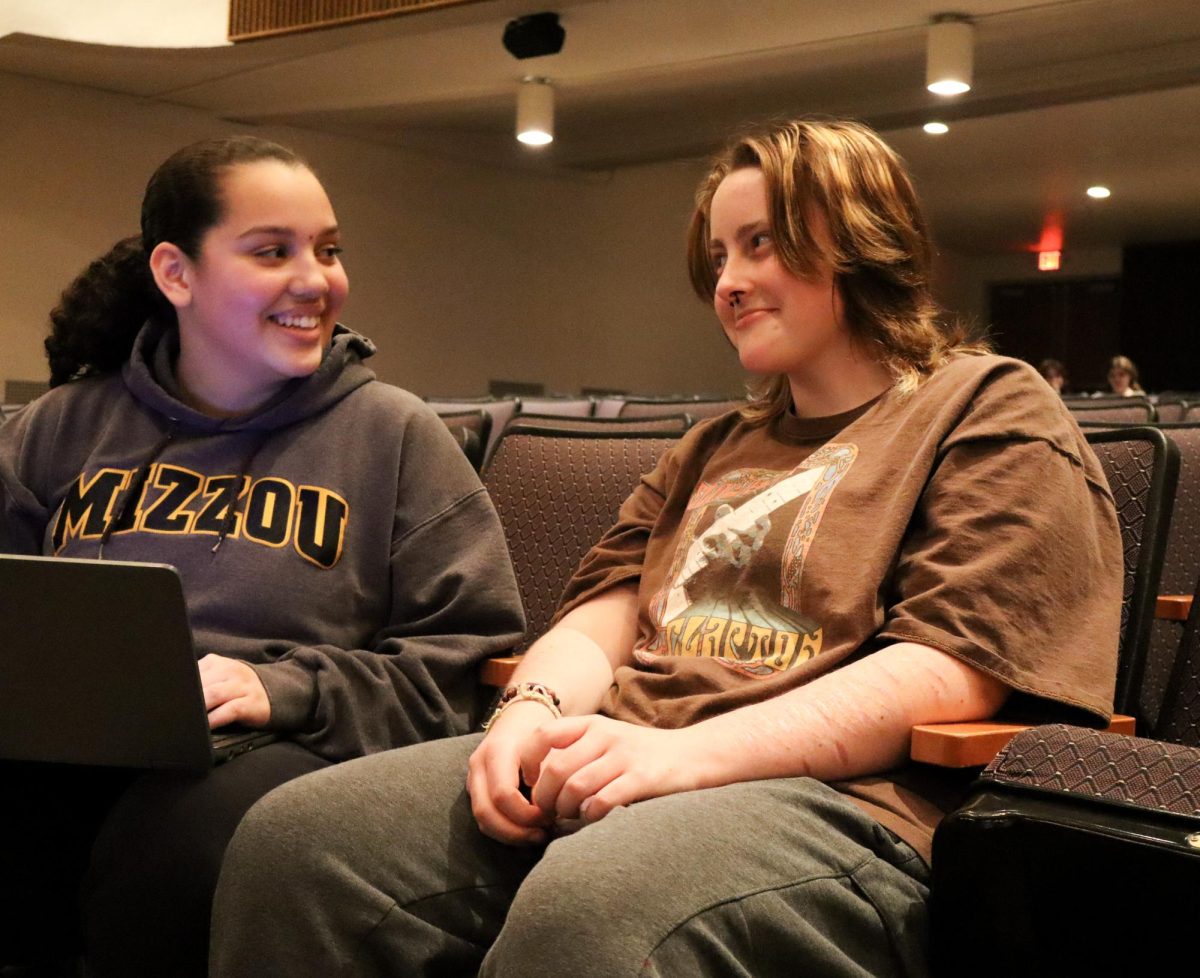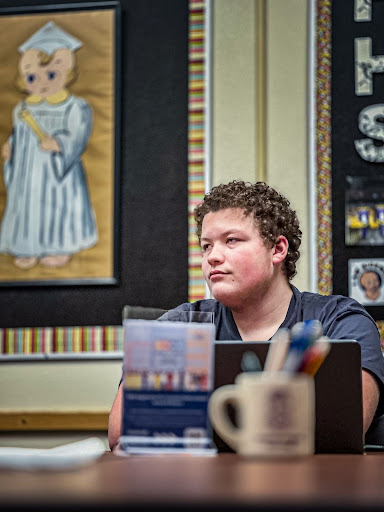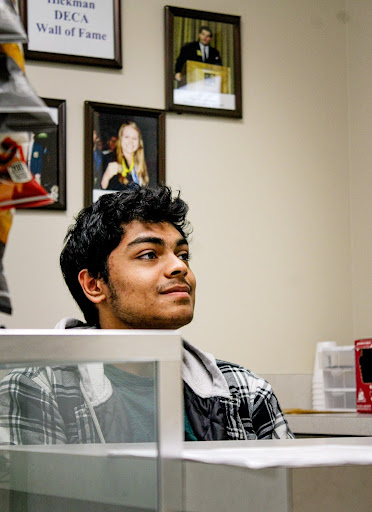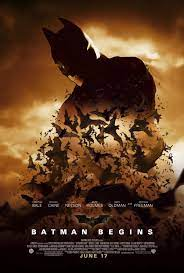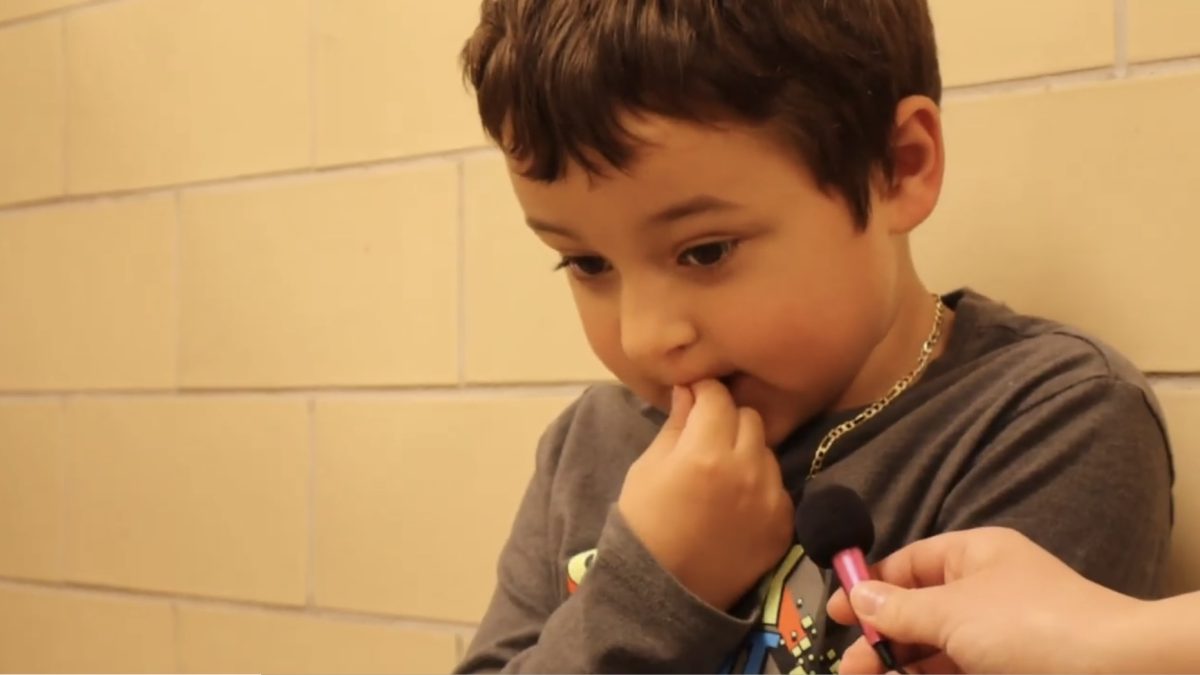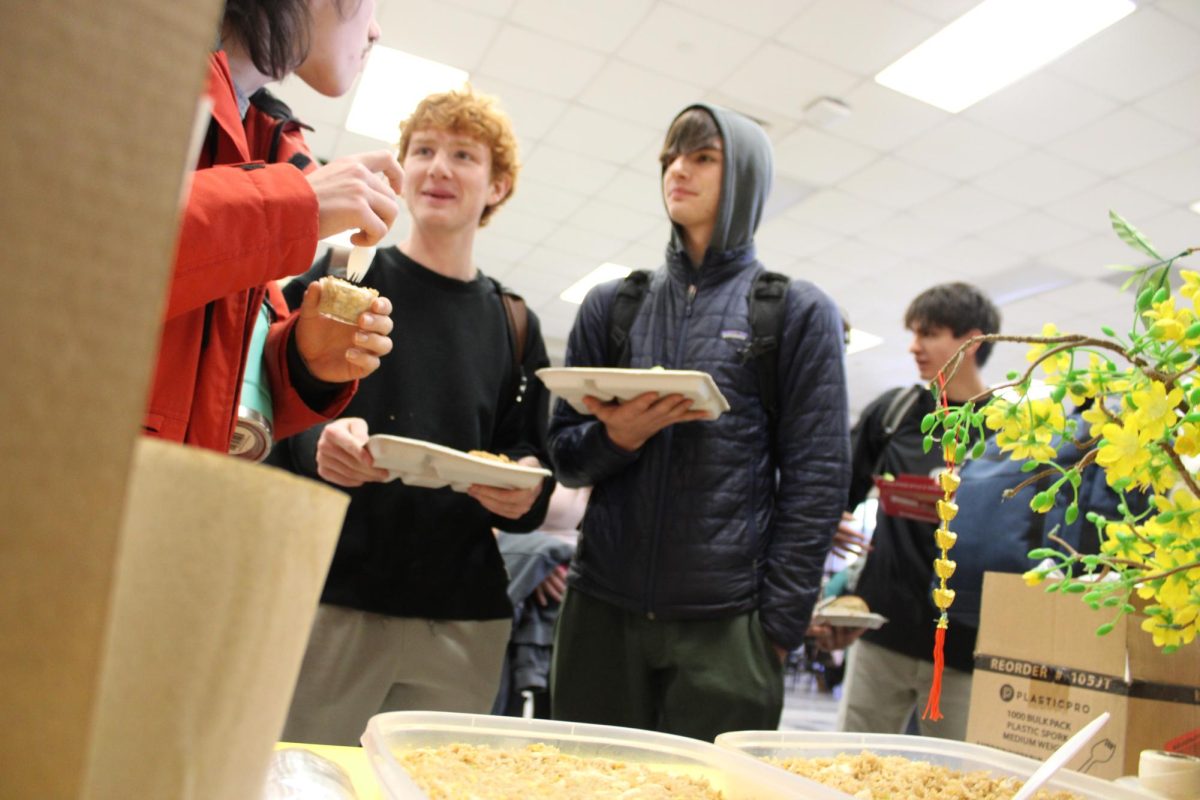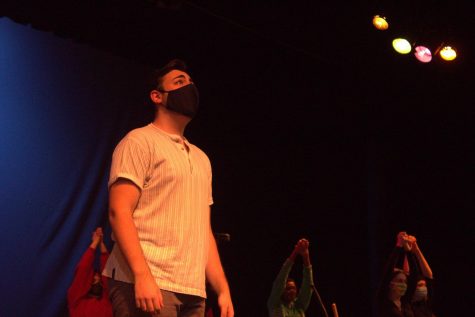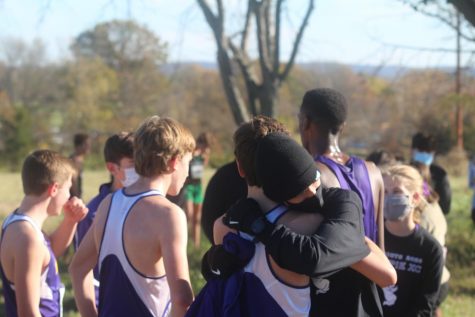New In The News
A look inside the deadly situation in Myanmar.
Myanmar, also known as Burma, is a country in Southeast Asia that has recently received international attention for the Buddhist-majority government’s alleged persecution and of one of its minority groups, the Islam-practicing Rohingyas. Rohingya Muslims have lived in Myanmar for many centuries, however despite their historic prevalence, they have frequently been in conflict with the various Buddhist governments that have ruled over the region. Modern persecution of Rohingya Muslims began after the Japanese occupation ended after World War II, and tensions grew throughout the latter half of the 20th century.
Between August and December of 2017, the military of Myanmar committed a variety of violent attacks against Rohingya villages in the western regions of the country. At the end of the year, Human Rights Watch claimed that about 350 villages were burned down by the Myanmar military and security forces. At around the same time, Doctors Without Borders estimated that over 10,000 Rohingya people have been killed as a result of the Myanmar military actions.
The current conflict began in October of 2016 when several government-operated border stations along the country’s boundary with Bangladesh were attacked by an unidentifiable group that killed nine security officers. An organization called the Arakan Rohingya Salvation Army (ARSA) later claimed responsibility for the attack. The government of Myanmar has designated the ARSA as a terrorist group, however no other countries have done so. After the attack, the government of Myanmar initiated what it called a “clearance operation” that included mass arrests and the killing several dozen residents of Rohingya villages. In a report published by Amnesty International in December of 2016, there were incidents of unlawful killings, gang rapes, and arson that were committed by the Myanmar military during this period.
Hundreds of Rohingya Muslims have taken to the water in an attempt to flee the military. Originally many travelled across the Naf river into Bangladesh, however it has since been blocked off. Bengali officers have stopped Rohingya refugees from crossing because a large number of them have drowned drowning in the dangerous waters. According to Sanjoy Majumder, a reporter from BBC News, “Many look dazed and disoriented after the voyage. Others are visibly dehydrated, some are retching.” Majumder also reports that locals waiting on the beach hand out their mobile phones so that the refugees can call their loved ones back home to let them know they are alive.
One woman who had made it across the Naf river, Rohima Khatun, found her brother, whom she was separated from ten days prior, in a sopping wet shirt and shredded shorts. “Our village was attacked by the military,” they said, “along with Mogs,” referring to the ethnic Buddhist community living in western Myanmar. They claimed to be the only surviving members of their family of ten. Near the wreckage there was another pair, Dil Bahar, a woman in her sixties, and her husband, Zakir Mamun. Their grandson arrived on the same boat as Khatun’s brother. The young boy was marked with scars from bullets. The couple and their grandson lived thirty miles from the Bengali border. According to them, the attack took place without any warning. “They came for us,” Zakir explained to BBC Reporter Scott Dalengher. “People were ordered indoors over loudspeakers, by the military. Then the military and the mobs threw bombs at our homes, setting them on fire.” The couple went on to explain how their fellow villagers tried to escape, but were shot down. “People were falling all over, as they were hit,” Zakir says. “We ran for the mountain and hid.” Smoke and rubble were all that was left the following morning when the group looked down from the mountains. The family said that they intend on staying in Bangladesh until it is safe to return home. Zakir’s family is just one of hundreds that have been displaced since the Myanmar conflict began.
Rohingya Muslims were first deprived of legal rights in the 1980’s, when they were reclassified as stateless people after the country’s citizenship requirements were revised. The government claimed that most of the Rohingyas are illegal immigrants who migrated into the country from Bangladesh.
There were tensions between the Rohingya Muslims and the Burmese Buddhists throughout many centuries, however the social conflict was aggravated the most when the Taliban attacked numerous Buddhist communities in Afghanistan during the 90’s. This agitation spilled over into Myanmar despite the considerable distance between the two countries, and many anti-Muslim riots took place during the early 2000’s because of this animosity. An example was in city of Taungoo in 2001 when a riot of Buddhist monks amassed after the Taliban vandalized several Buddhist relics in Afghanistan. According to Human Rights Watch, “More than sixty Muslim homes were destroyed [by the Buddhist rioters] and virtually all the Muslim-owned shops were looted and demolished, according to a local Muslim leader. Six mosques were destroyed, according to Muslim residents, including the famous 200-year-old Hantha Mosque. The mosque was initially defended by volunteer Muslim guards, but the local authorities prevailed on the committee to allow the town council to take responsibility for the mosque’s safety. Muslim leaders emphasize that the Mosque was demolished during curfew hours and believe that local authorities were at least in part responsible for its destruction.” The rest of the 2000’s decade was marked by sporadic riots that typically included property damage and sometimes homicides.
According to the U.K. chapter of the Burmese Rohingya Organization, since 2012 there have been numerous reports mass arrests, beatings, stabbings, and beheadings of Rohingya Muslims, as well as acts of arson committed in Rohingya villages. The law school of Yale University observed that this persecution may be classified as a genocide.
By the end of 2017 about 650,000 Rohingya Muslims have fled into Bangladesh. For comparison, Columbia’s population is around 120,000.







